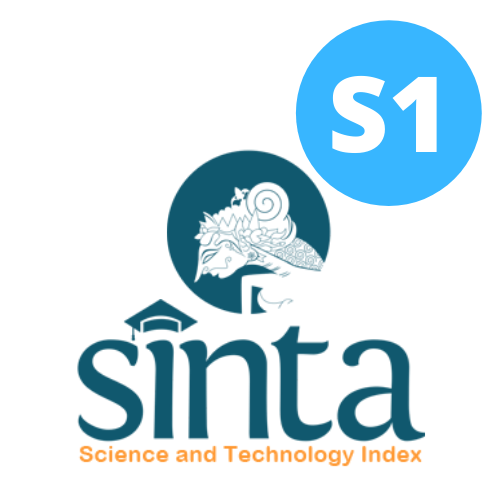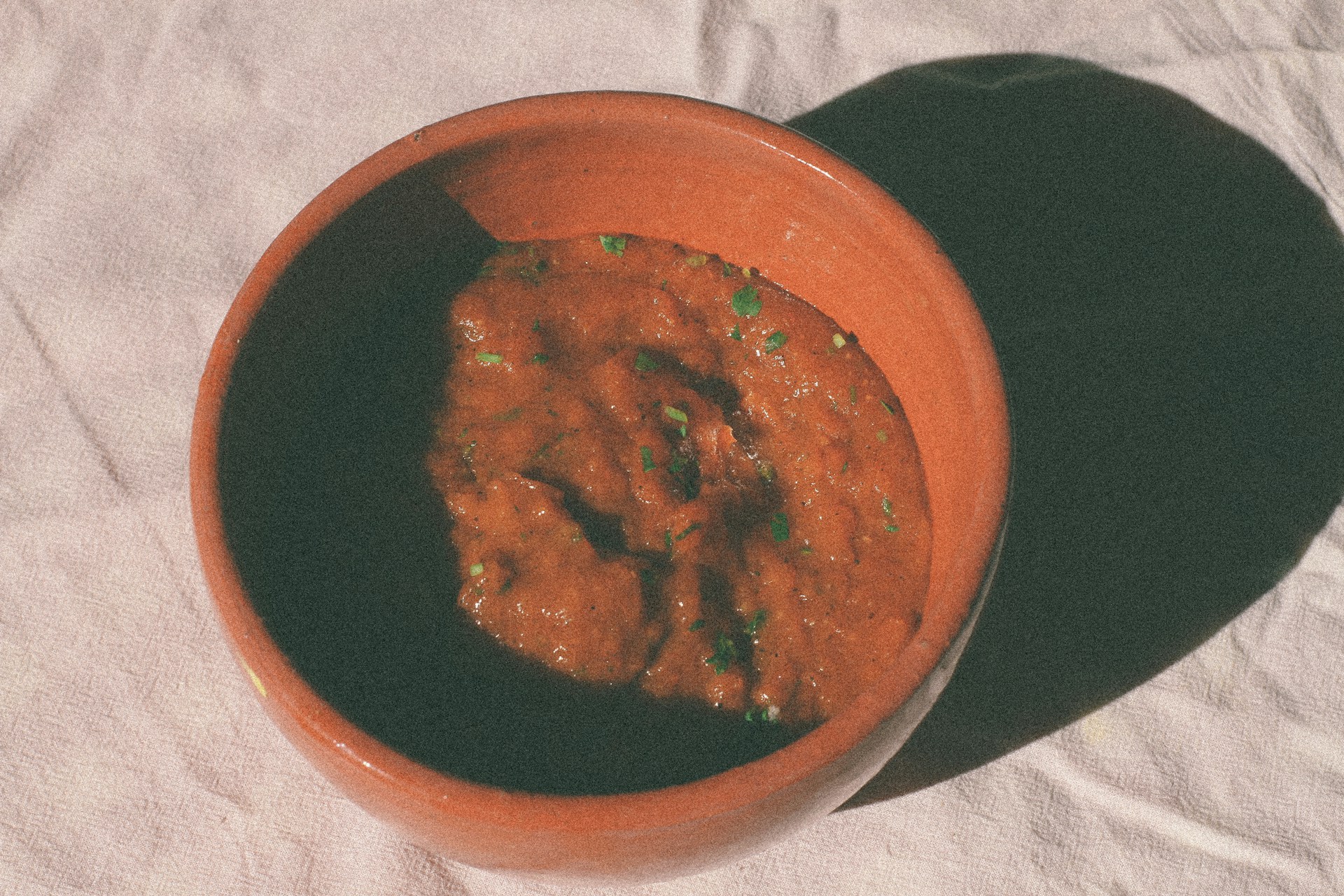Nutritional Status and Sarcopenia in Patients with Non-Alcoholic Fatty Liver Disease at a Private Hospital in Coimbatore, India
Background: Sarcopenia is characterized by the loss of skeletal muscle mass and low muscle strength, which is a significant concern in patients with NAFLD.
Objective: To investigate the relationship between nutritional status and sarcopenia among Non-Alcoholic Fatty Liver Disease (NAFLD) patients.
Methodology: The study conducted from January 2024 and June 2024 included 218 study participants. The social and demographic profile, dietary habits, fatigue, and 24-hour recall dietary intake were evaluated using the interview cum questionnaire. Bio Impendence Analysis (BIA) and a hand grip dynamometer were used to assess the muscle mass and muscle strength. Functional capacity was analysed using the 6-minute walk test.
Results: The relationship between relative risk factors and sarcopenia showed that male had a relative risk ratio RRR = 4.048 (95% CI: 1.073–15.275), overweight RRR = 5.929 (95% CI: 1.42–24.763), muscle mass RRR = 0.857 (95% CI: 0.741–0.99), muscle strength RRR = 0.809 (95% CI: 0.729–0.898), neutrophil-to-lymphocyte ratio (NLR): RRR = 0.254 (95% CI: 0.069–0.933), moderate fatigue RRR = 0.313 (95% CI: 0.107–0.921), 6-minute walk test RRR = 0.989 (95% CI: 0.981–0.996).
Conclusion: A reduction in muscle mass, muscle strength, and physical performance had shown a significant association with sarcopenia, indicating the reduction in these factors can lead to an increase in sarcopenia. Tailoring the intervention to increase the muscle mass, strength, and physical performance can help in reducing the progression of the sarcopenia and disease outcomes.
Terry, C. F., Wong, G. L., Wong, V. W., Goh, G. B. & Chan, W. K. Nonalcoholic fatty liver disease: A unique entity or part of the metabolic syndrome or both. Med. Clin. North Am. 2023. https://doi.org/10.1016/j.mcna.2022.12.003
Chen, L. K. et al. Asian Working Group for Sarcopenia: 2019 Consensus update on sarcopenia diagnosis and treatment. J. Am. Med. Dir. Assoc. 21, 300–307 (2020).
Wu, T.-L., Huang, C.-W. & Yen, H.-H. Prevalence of fatty liver disease: A Taiwanese ultrasound cohort-based study. Ultrasound Med. Biol. 2024. https://doi.org/10.1016/j.ultrasmedbio.2024.01.064
Singhai, A., Yadav, V., Joshi, R., Malik, R., B. T., S. & Kamle, S. Prevalence, metabolic profile, and associated risk factors of non-alcoholic fatty liver disease in an adult population of India. Cureus 2023. https://doi.org/10.7759/cureus.33977
Kirk, B. et al. The conceptual definition of sarcopenia: Delphi consensus from the Global Leadership Initiative in Sarcopenia (GLIS). Age Ageing 53, afae052 (2024). https://doi.org/10.1093/ageing/afae052
Cruz-Jentoft, A. J. & Sayer, A. A. Sarcopenia. Lancet 393, 2636–2646 (2019).
Iwaki, M. et al. Impact of sarcopenia on non-alcoholic fatty liver disease. Nutrients 15, 891 (2023). https://doi.org/10.3390/nu15040891
Petermann-Rocha, F., Balntzi, V., Gray, S. R., Lara, J. & Celis-Morales, C. Global prevalence of sarcopenia and severe sarcopenia: A systematic review and meta-analysis. J. Cachexia Sarcopenia Muscle 2021. https://doi.org/10.1002/jcsm.12783
Shaikh, N., Harshitha, R. & Bhargava, M. Prevalence of sarcopenia in an elderly population in rural South India: A cross-sectional study. F1000Res. 2020. https://doi.org/10.12688/f1000research.22580.1
Giri, S., Anirvan, P. & Lavekar, A. Prevalence and outcome of sarcopenia in non-alcoholic fatty liver disease. World J. Gastrointest. Pathophysiol. 15, 91100 (2024). https://doi.org/10.4291/wjgp.v15.i1.91100
Joo, S. K. & Kim, W. I. Interaction between sarcopenia and nonalcoholic fatty liver disease. Clin. Mol. Hepatol. 2022. https://doi.org/10.3350/cmh.2022.0358
Roh, E. et al. Impact of non-alcoholic fatty liver disease on the risk of sarcopenia: A nationwide multicenter prospective study. Hepatol. Int. 2021. https://doi.org/10.1007/s12072-021-10258-8
Harring, M. A. et al. Sarcopenia among patients with nonalcoholic fatty liver disease (NAFLD) is associated with advanced fibrosis. Clin. Gastroenterol. Hepatol. 2023. https://doi.org/10.1016/j.cgh.2023.02.013
Chakravarthy, M. V., Siddiqui, M. S., Forsgren, M. & Sanyal, A. J. Harnessing muscle-liver crosstalk to treat nonalcoholic steatohepatitis. Front. Endocrinol. 2020. https://doi.org/10.3389/fendo.2020.592373
Xia, L. et al. Sarcopenia and adverse health-related outcomes: An umbrella review of meta-analyses of observational studies. Cancer Med. 9, 7964–7978 (2020). https://doi.org/10.1002/cam4.3428• Bogucka, A., Kopiczko, A. & Charzewska, J. Sarcopenia: prevalence and its main risk factors in older women. Anthropol. Rev. 2023. https://doi.org/10.18778/1898-6773.86.1.05
Bogucka, A., Kopiczko, A. & Charzewska, J. Sarcopenia: prevalence and its main risk factors in older women. Anthropol. Rev. 86, (2023). https://doi.org/10.18778/1898-6773.86.1.05
Tokumasu, K., Matsuki, N., Fujikawa, H., Sakamoto, Y. & Otsuka, F. Reliability and validity of the Japanese version of the fatigue assessment scale. Intern. Med. 2024. https://doi.org/10.2169/internalmedicine.4101-24
Chung, S. M., Moon, J. S. & Chang, M. C. Prevalence of sarcopenia and its association with diabetes: A meta-analysis of community-dwelling Asian population. Front. Med. China 2021. https://doi.org/10.3389/fmed.2021.681232
Chen, L. K. et al. Asian Working Group for Sarcopenia: 2019 consensus update on sarcopenia diagnosis and treatment. J. Am. Med. Dir. Assoc. 21, 300–307.e2 (2020). https://doi.org/10.1016/j.jamda.2019.12.012
Wu, X., Li, X., Xu, M., Zhang, Z., He, L. & Li, Y. Sarcopenia prevalence and associated factors among older Chinese population: Findings from the China Health and Retirement Longitudinal Study. PLoS One 2021. https://doi.org/10.1371/journal.pone.0247617
Charan, J. et al. Sample size calculation in medical research: A primer. Ann. Natl. Acad. Med. Sci. (India) 57, 74–80 (2021).
Zhang, L. et al. Role of physical performance measures for identifying functional disability among Chinese older adults: Data from the China Health and Retirement Longitudinal Study. PLoS One 14, e0215693 (2019). https://doi.org/10.1371/journal.pone.0215693
Zhang, Y. et al. A novel method for identifying frailty and quantifying muscle strength using the six-minute walking test. Sensors 24, 4489 (2024). https://doi.org/10.3390/s24144489
V., S., Kanat, B. B. & Yavuzer, H. Fatigue and primary sarcopenia in geriatric patients. Rev. Assoc. Med. Bras. 68, 1565–1570 (2022). https://doi.org/10.1590/1806-9282.20220662
Şenoymak, İ., Eğici, M. T. & Şenoymak, M. C. Sarcopenia and associated factors in adults aged 40 and above: A study conducted in primary healthcare. Cureus 2024. https://doi.org/10.7759/cureus.67618
Yang, L., Smith, L. & Hamer, M. Gender-specific risk factors for incident sarcopenia: 8-year follow-up of the English longitudinal study of ageing. J. Epidemiol. Community Health 2019. https://doi.org/10.1136/jech-2018-211258
Hwang, J. & Park, S. W. Sex differences of sarcopenia in an elderly Asian population: The prevalence and risk factors. Int. J. Environ. Res. Public Health 19, 11980 (2022). https://doi.org/10.3390/ijerph191911980
Berriche, O. et al. Sarcopenia prevalence and risk factors in obese Tunisian adults. Tunisie Med. 102, 4965 (2024). https://doi.org/10.62438/tunismed.v102i8.4965
Barazzoni, R. et al. Sarcopenic obesity: Time to meet the challenge. Obes. Facts 11, 294–305 (2018). https://doi.org/10.1159/000490361
Jeong, S. H. et al. Association between sarcopenia level and metabolic syndrome. PLoS One 16, e0248856 (2021). https://doi.org/10.1371/journal.pone.0248856
Roh, E. et al. Impact of non-alcoholic fatty liver disease on the risk of sarcopenia: A nationwide multicenter prospective study. Hepatol. Int. 16, 545–554 (2022). https://doi.org/10.1007/s12072-021-10258-8
Lino, V. T. S., Rodrigues, N. C. P., O’Dwyer, G., Andrade, M. K. d. N., Mattos, I. E. & Portela, M. C. Handgrip strength and factors associated in poor elderly assisted at a primary care unit in Rio de Janeiro, Brazil. PLoS One 11, e0166373 (2016). https://doi.org/10.1371/journal.pone.0166373
Pratt, J. et al. Grip strength performance from 9431 participants of the GenoFit study: normative data and associated factors. Geroscience 43, 2533–2546 (2021). https://doi.org/10.1007/s11357-021-00410-5
Ballesteros-Pomar, M. D. et al. Disease-related malnutrition and sarcopenia predict worse outcome in medical inpatients: A cohort study. Nutrients 13, 2937 (2021). https://doi.org/10.3390/nu13092937
Kamper, R. S. et al. Associations between inflammatory markers, body composition, and physical function: The Copenhagen Sarcopenia Study. J. Cachexia Sarcopenia Muscle 12, 1641–1652 (2021). https://doi.org/10.1002/jcsm.12832
Schene, M. R. et al. Physical performance and sarcopenia assessment in patients with a recent fracture visiting the fracture liaison service. Osteoporos. Int. 35, 851–862 (2024). https://doi.org/10.1007/s00198-023-07009-w
Xia, X., Xiang, S., Hua, L., Sun, Q. & Wang, R. The relationship between lifestyles and sarcopenia-related traits: A two-sample Mendelian randomization study. Arch. Gerontol. Geriatr. 116, 105169 (2024). https://doi.org/10.1016/j.archger.2023.105169
Abiri, B. & Vafa, M. Nutrition and sarcopenia: A review of the evidence of nutritional influences. Crit. Rev. Food Sci. Nutr. 2019. https://doi.org/10.1080/10408398.2017.1412940
Yun, Y., Wang, C., Ding, Y., He, J. & Lv, Y. Diet was less significant than physical activity in the prognosis of people with sarcopenia and metabolic dysfunction-associated fatty liver diseases: Analysis of the National Health and Nutrition Examination Survey III. Front. Endocrinol. 2023. https://doi.org/10.3389/fendo.2023.1101892
Copyright (c) 2025 Amerta Nutrition

This work is licensed under a Creative Commons Attribution-ShareAlike 4.0 International License.
AMERTA NUTR by Unair is licensed under a Creative Commons Attribution-ShareAlike 4.0 International License.
1. The journal allows the author to hold the copyright of the article without restrictions.
2. The journal allows the author(s) to retain publishing rights without restrictions
3. The legal formal aspect of journal publication accessibility refers to Creative Commons Attribution Share-Alike (CC BY-SA).
4. The Creative Commons Attribution Share-Alike (CC BY-SA) license allows re-distribution and re-use of a licensed work on the conditions that the creator is appropriately credited and that any derivative work is made available under "the same, similar or a compatible license”. Other than the conditions mentioned above, the editorial board is not responsible for copyright violation.








































